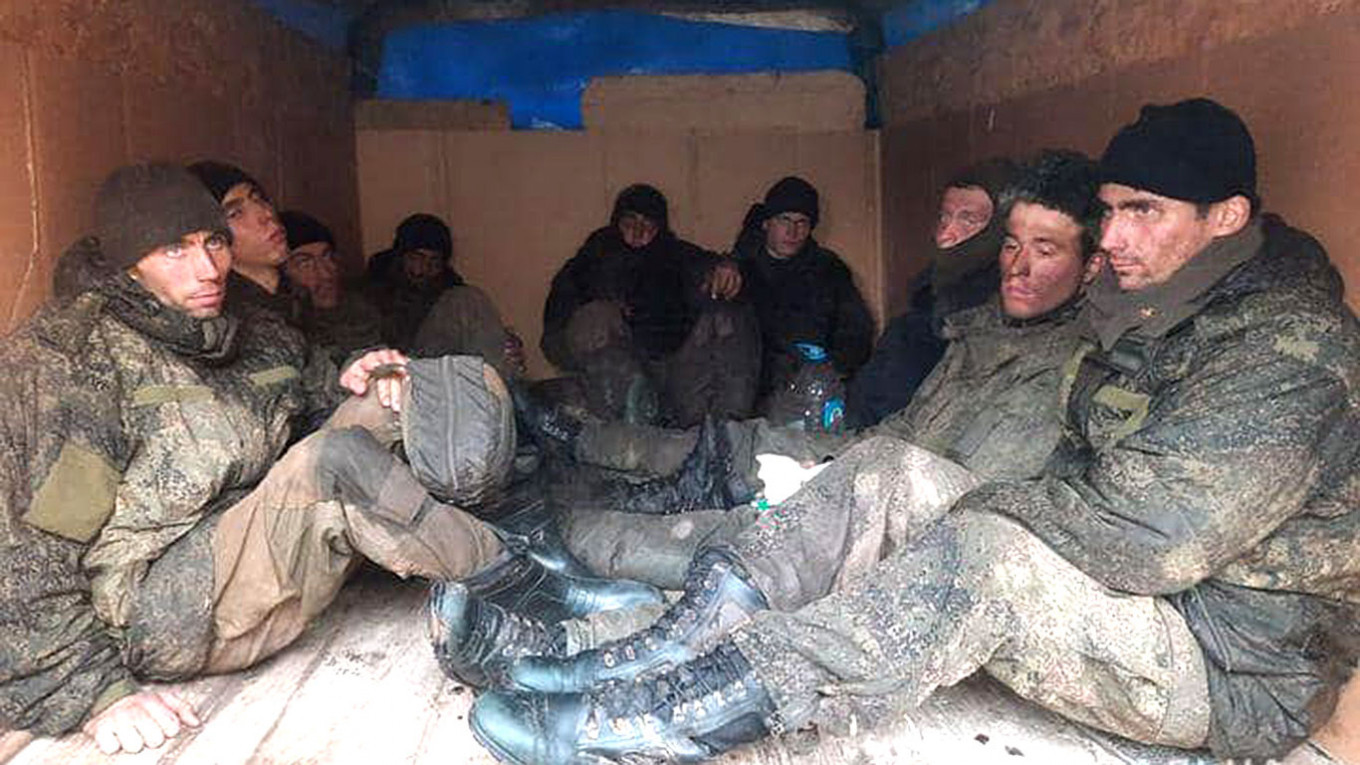
Yesterday was a cool, overcast morning in Columbus–another prime day for a romp in the Ohio woods. For our weekend hike, we decided to stay a bit closer to home, and took a short drive over to Blendon Woods Metro Park. The park is a popular one and very conveniently located in the northeast corner of Franklin County, just outside of I-270, the highway than encircles Columbus.

Blendon Woods is a big park–653 acres in all–with a number of trails, family and picnic areas, and the Walden Waterfowl Refuge, a 118-acre preserve in one corner of the park. We began our day with the trail to Thoreau Lake, which is part of the Walden Refuge. When you reach the lake, the trail ends in two viewing stations where you can watch the birds and waterfowl unobtrusively. We didn’t see any ducks or other waterfowl, but we did catch a good look at a colorful cardinal, shown above, who was munching on some seeds just over the squirrel guard in a bird house next to the viewing station.

The trail to the Walden Refuge is a paved trail, and there were a number of families and birders out for a walk in the cool air. The birders are easy to recognize, because they’ve all got their binoculars in hand, with cords looped around their necks, ready to focus in whenever they hear a bird call. It must have been good viewing conditions, with some trees largely stripped of leaves while others are still displaying their colors. The non-birders among us could just enjoy the remaining fall foliage.

The lake trail is a short one, so after our return from the Walden Waterfowl Refuge we crossed the parking lot and headed onto the Sugarbush Trail, a natural trail that winds through the woods and some marshy areas for two miles. The trail was matted with fallen leaves, and you had to watch your step to make sure that you didn’t get snagged by a stray tree root, but the woods were lovely, with lots of brilliant gold and yellow in the background to frame the trees in the foreground.

The Sugarbush Trail wasn’t quite as crowded as the lake trail, but we did see a few other walkers along the way. The trail is mostly level, with only a few easy hills. The woods were quiet and cool as we strolled along, and I once again thought I should learn more about how to distinguish between the different kinds of trees you typically find in the Ohio woods. I can identify a pine tree, a buckeye nut, and a maple leaf–thanks largely to seeing the maple leaf on the national flag of our neighbors to the north–but that’s about it. Otherwise, I can’t tell a walnut from a sycamore from an elm, and I suppose it’s about time I learned.

At one point on the Sugarbush Trail, the woods take a break, and there is a meadow area with a sprawling field of wildflowers. The plants had grown to about shoulder height, and if you stood on tiptoe you could just look over the plants to get the full effect of the field and a better sense of the size of the park. As we finished our hike, a few patches of blue showed up on the far horizon. With our appetites stimulated by the cool weather and the walking, it was time to leave Blendon Woods behind and head home to make some scrambled eggs, sausage, and strawberries for our Sunday brunch.





























